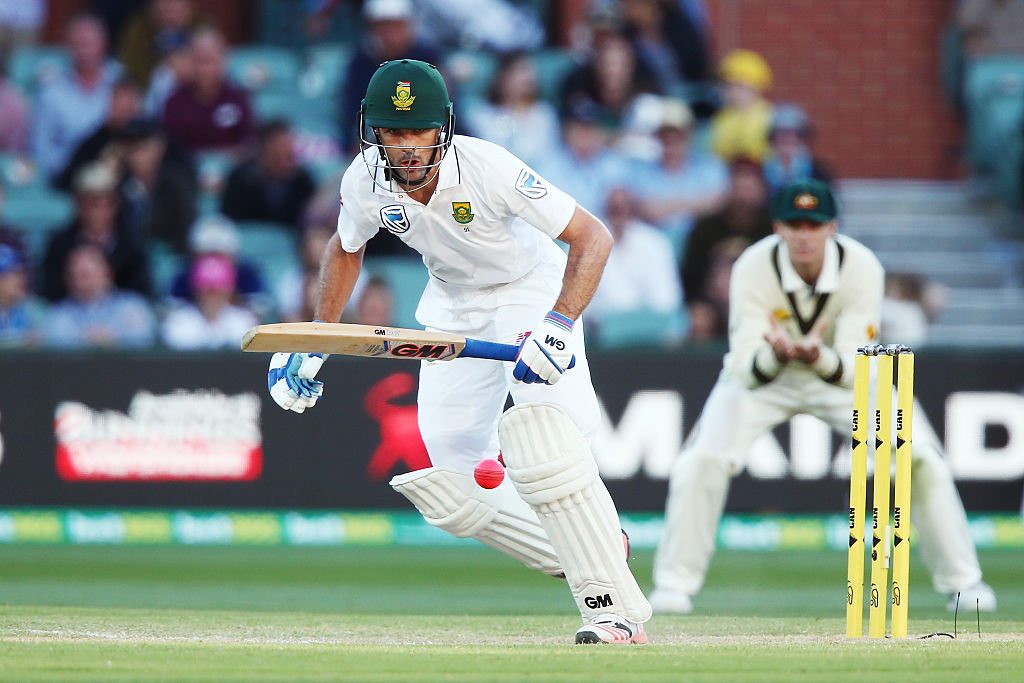

Despite losing their first day-night Test with the pink-ball, Proteas skipper Faf du Plessis is looking forward to playing with the bright ball in the future.
"The questions we had about day-night cricket were more skeptical and now we are not so much like that anymore," du Plessis said.
"But there are positive signs. I would like to see it in South Africa. Obviously, the lights would have to be upgraded dramatically but it adds something different to Test cricket."
Du Plessis declared on the night of the opening day's play to send Australia in to bat under lights, as South Africa tried to get the most out of the new format.
It ultimately didn't work, but the Proteas learned a lot about day-night Tests in doing so, and the move wasn't as risky in the grand scheme of things given the series had already been wrapped up.
Spinner Tabraiz Shamsi debuted for South Africa in their third Test loss, and du Plessis was relatively happy with the left-armer after the match.
"In the first innings Shamsi may not have bowled as well as he wanted," du Plessis said.
"But then in the second innings, in a different situation, he bowled really well. He stepped up to the challenge of being better."
Stephen Cook impressed most for the Proteas with his second career Test century.
The opener scored 104 in a very patient innings, which was exactly the plan of the 33-year-old.
"You can't get ahead of yourself with the pink ball. Once you start to chase things, you can come undone," Cook said.
"If you look at Usman Khawaja, he stuck with his game plan from ball one to ball 300 and I tried to do the same thing. Just because I had 60, didn't meant I could take it to the attack."





